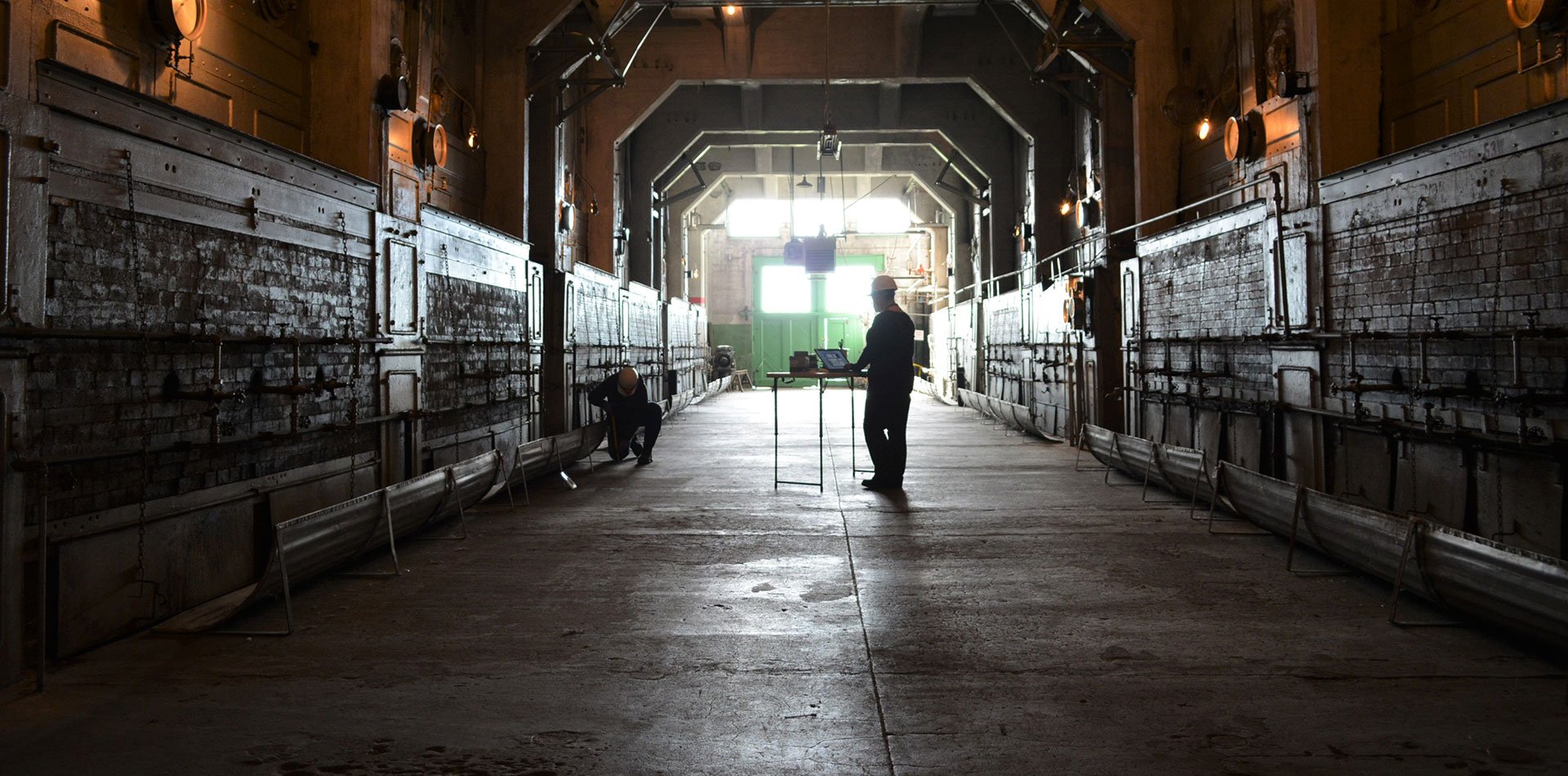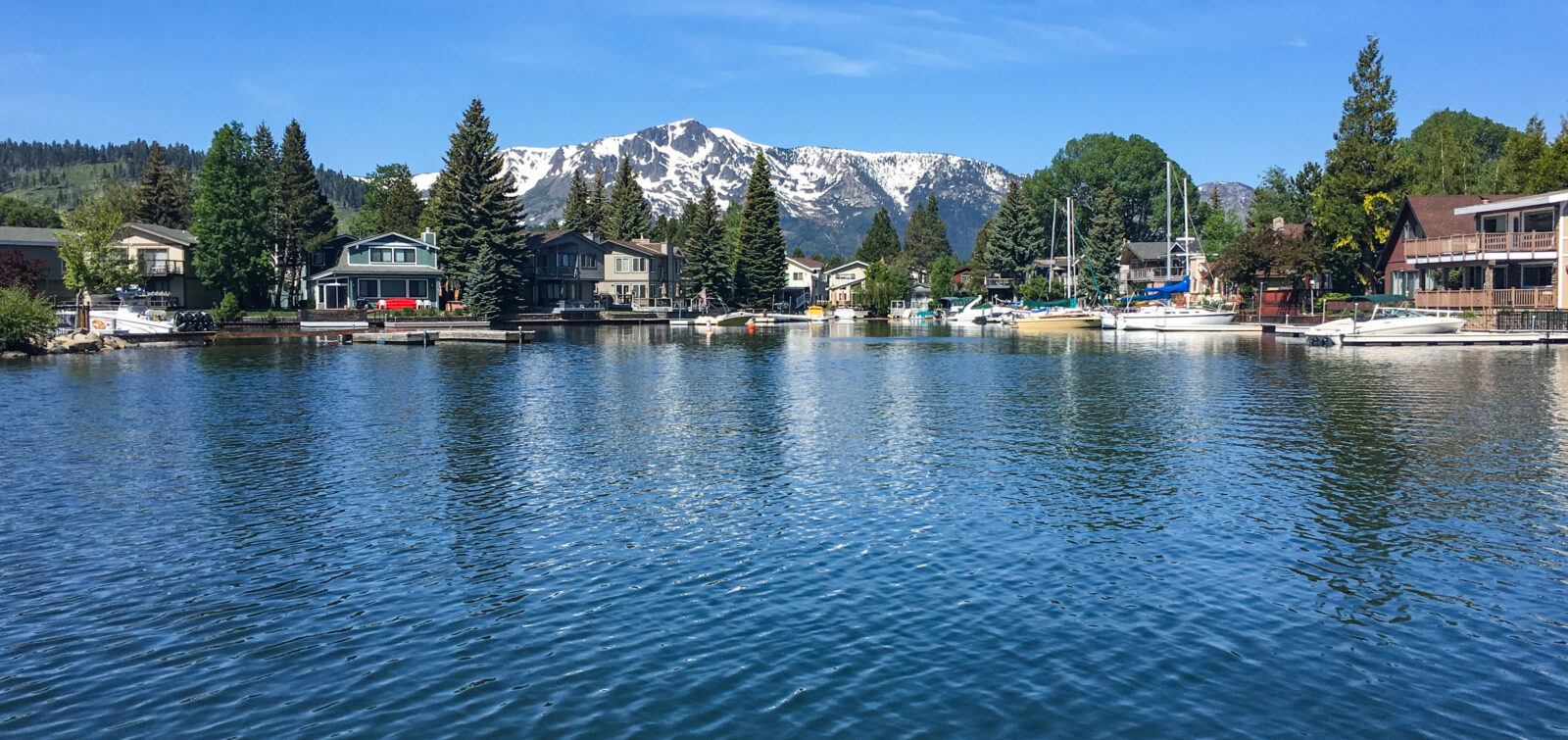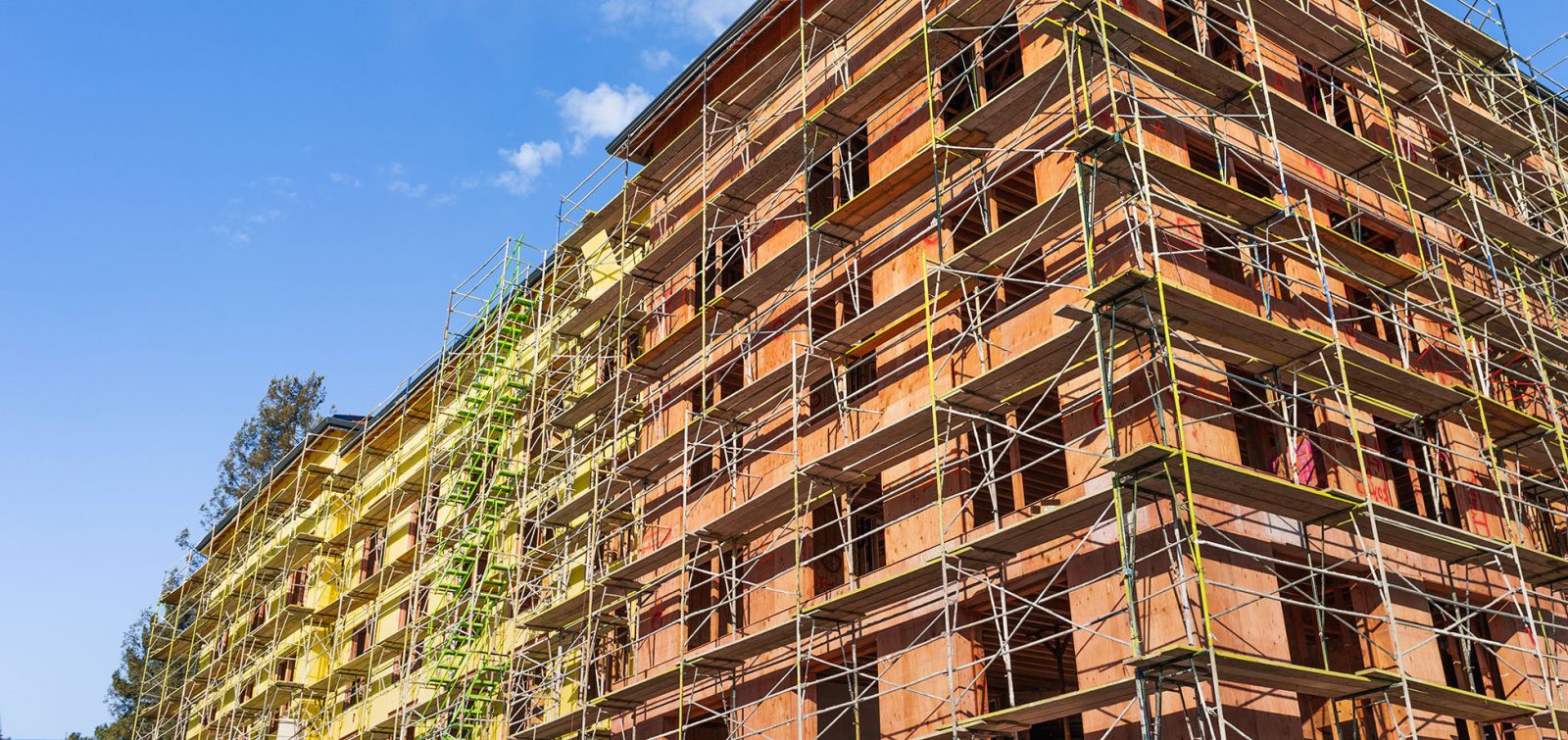When I got the call from Seattle City Light (City Light) about the Georgetown Steam Plant project, I knew it would be the project of a lifetime. It would put my 16 years of experience cataloging museum objects, inventorying cramped basements, and handling irreplaceable objects to the ultimate test at one of Seattle’s oldest and most iconic buildings.
City Light is partnering with a local non-profit to breathe new life into this 110-year-old building, transforming it into a unique space for arts and science programs. To do this, they needed a detailed inventory of the building’s contents.
In 1906, the Seattle Electric Company built this steam-powered generation station next to an oxbow on the Duwamish River, pulling water from its banks to provide electricity for Seattle’s streetcar system. Today, remnants of the water intake system that connected it to the channelized course of the Duwamish River are visible at the Pump House. It is listed in three different national historic registers and is a designated City of Seattle Landmark. It houses the only remaining operative Curtis vertical turbine generators in the world.
“Performing the inventory was a fun challenge and a bit of an adventure.”
ESA’s Cultural Resources team worked with City Light to bring museum best practices to the project. While not a traditional museum, City Light is a public utility that manages over 90 historic buildings, infrastructure, and objects. Many of the original tools, equipment, and supplies are still stored in the Georgetown Steam Plant and contribute to its historical significance. To guide the process for this project, we developed a collections mission statement and a transparent documentation process for City Light to follow, should items be identified for removal during our work.
Performing the inventory was a fun challenge and a bit of an adventure. Collections are often stored in dark basements or small closets, which necessitates careful planning for safety and movement of inventory equipment. The plant’s outlets were unreliable, which meant lights and laptops needed to be powered by use of batteries. Staff protected themselves from the building’s low-hanging pipes with hardhats and always wore masks, boots, and gloves to minimize exposure to lead paint, asbestos, and residue from former pest activity. Our work took us along catwalks, behind massive boilers, and through spaces that creaked and echoed.
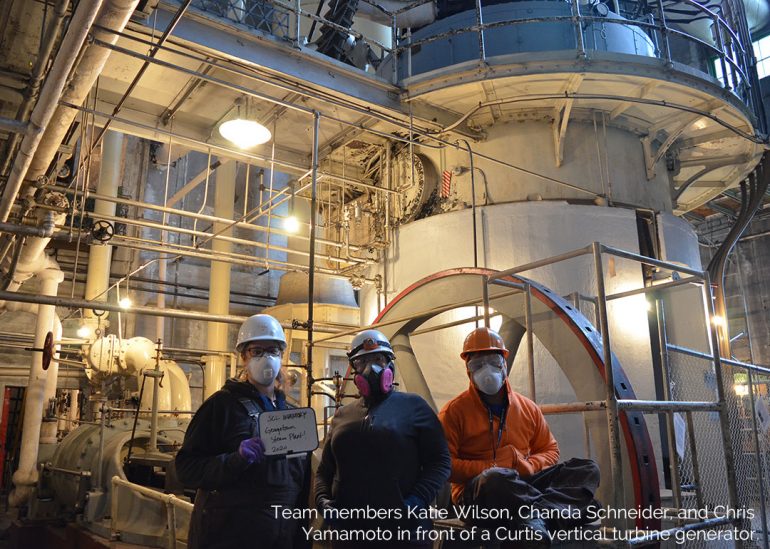
We assigned more than 1,900 catalog numbers to objects stored on the building’s first and second floors and took more than 6,000 digital images. Items were photographed, measured, tagged, and described, and locations were recorded using standard museum collections management software. This information allows City Light to holistically manage the items in the building, everything from tracking their locations to monitoring the conditions of fragile items and gaining a big-picture view of the types of items present. Having this inventory is a major first step toward telling the stories of the steam plant—not just it’s incredible engineering, but also the experiences of the people who used to work there—and ensuring those items are cared for properly over years to come.
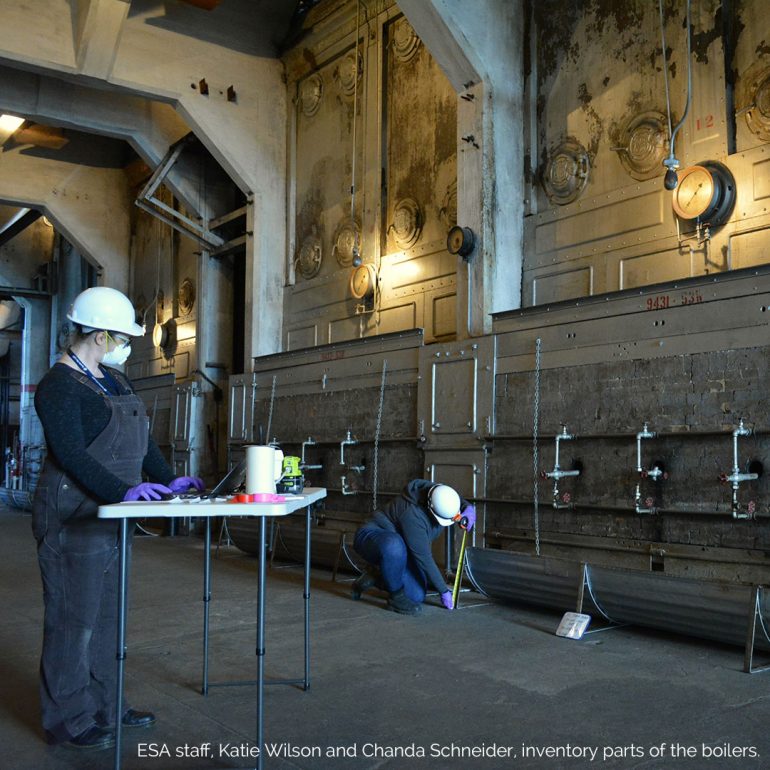
And that was just for the first two floors. There are more levels and spaces left to inventory, and we hope to be part of that future work. The final task in our scope is to develop a collections management plan for City Light to employ across all its buildings and objects. This standard museum document will guide City Light in its collections growth.
It will take several years of renovations before the Georgetown Steam Plant begins hosting arts and science programs. Throughout this transformation, the building will remain open to the public for tours (however, please check with Seattle City Light regarding availability due to COVID-19 safety precautions). I recommend visiting when you can. While the building may no longer be generating power, its well-preserved condition makes it easy to transcend time while standing next to the machinery, imagining what it would have been like in its bygone days. If your project may require inventory or management of historic items or artifacts, please reach out to me. I’d love to help!
